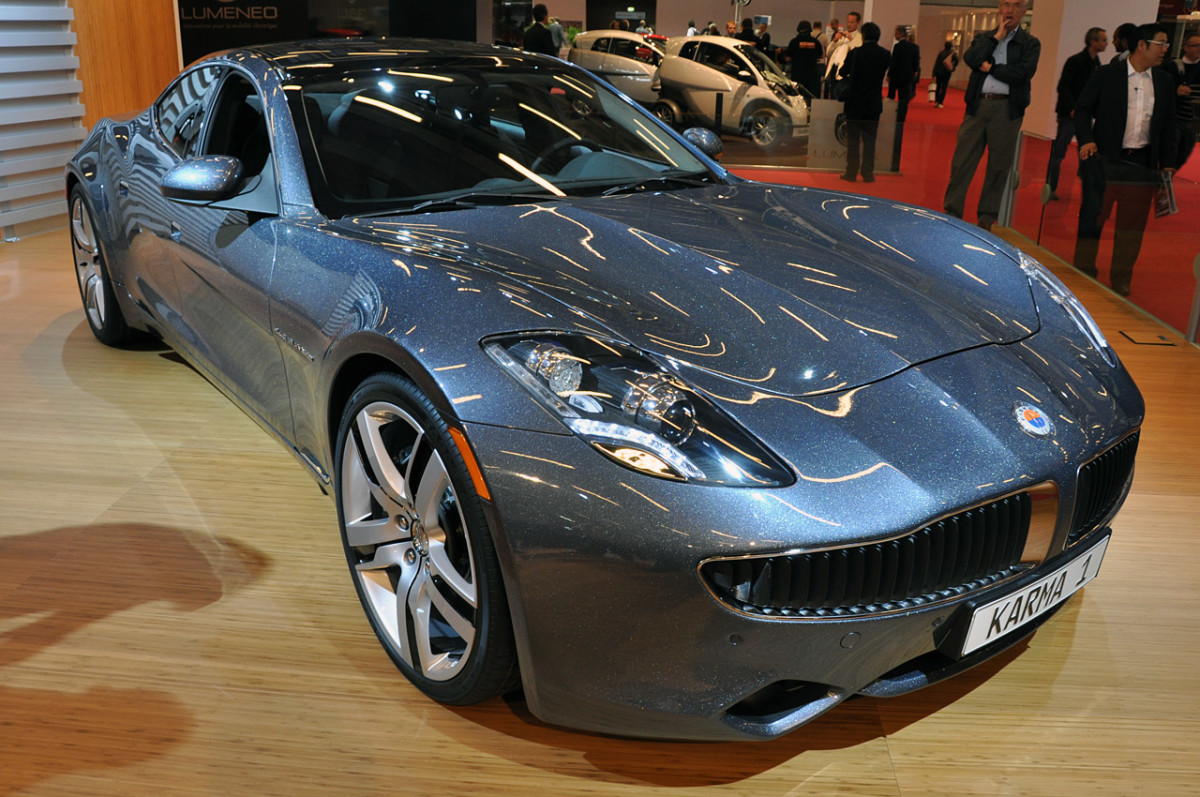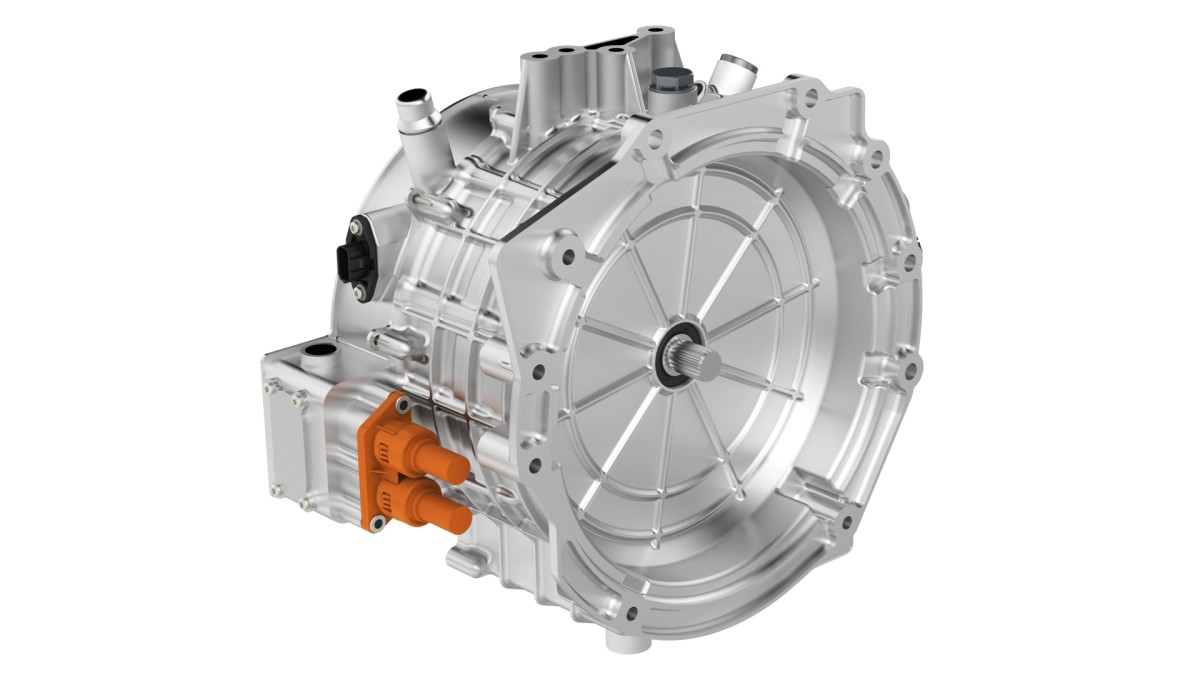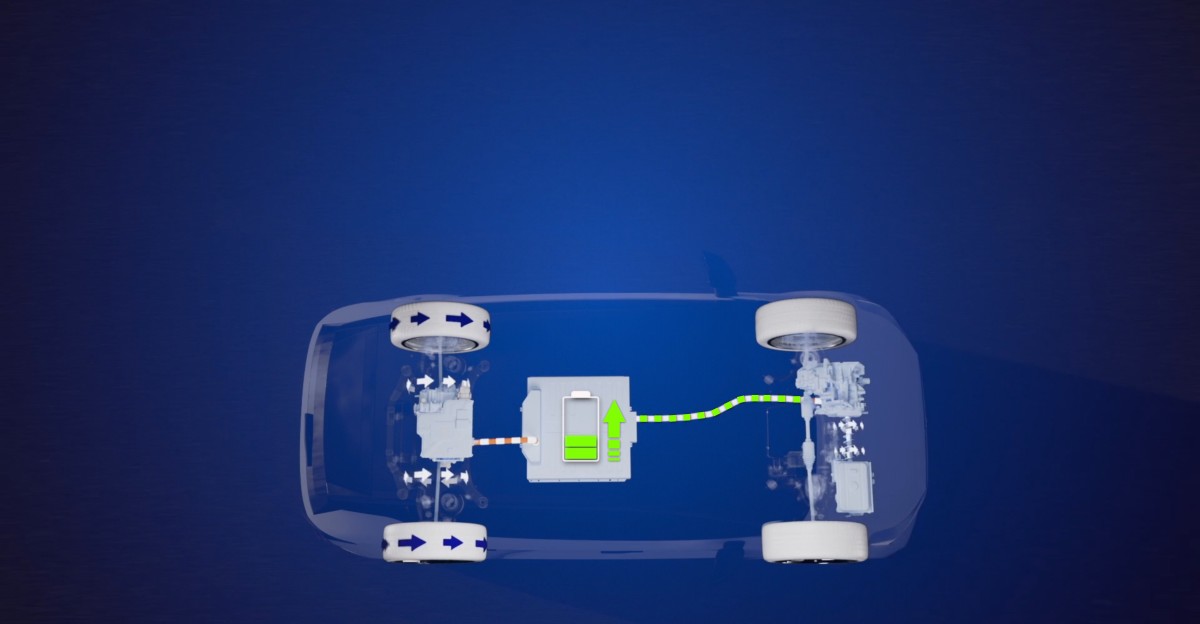Beyond EVs

Electrification has become the buzzword in the automotive world. Every brand is seemingly joining the EV club – from BMW to Toyota, Porsche to Lamborghini. Electric Vehicles (EVs) and hybrids are quickly advancing, yet the full transition to these zero-emission rides doesn’t have to be rushed.
Some industry gurus are advocating for a smoother handoff from traditional engines. The good ol’ internal combustion engine (ICE) might be having its heyday extended a little longer with technologies like Extended-Range Electric Vehicles (EREVs), thanks to companies like ZF Group.
ZF’s Game-Changer

Recently, ZF, a top dog in auto parts supply from Germany, unveiled its newest contraption: the electric Range Extender (eRE) and its souped-up sibling, the eRE+. These systems could change the way people think about going electric without completely ditching gasoline.
EREVs essentially function like electric cars such as a Tesla or Nissan Leaf. The heart of it is an electric motor paired with a lithium-ion battery. When the battery runs low, a gas engine kicks in—not to drive the wheels, but to act as an energy generator. This design keeps one of the biggest concerns about EVs—range anxiety—at bay.
Technologically, EREVs are nothing new. Examples like the Chevrolet Volt, Fisker Karma, and the BMW i3 already dabbled in this territory. Recently, Stellantis showcased Ram 1500’s capabilities during the Super Bowl, getting this tech onto the public’s radar.
Despite advancements in EV range, ZF sees an opportunity among hesitant buyers who are still worried about being stranded with a dead battery. The average fully electric vehicle can clock about 310 miles on a single charge, but what happens when that’s not enough? Enter the eRE and eRE+, providing a flexibility that appeals to a crossover audience.
Driving Dynamics

Now, what’s it like to drive one of these EREVs? Imagine the smoothness of an electric car but with the safety net of a backup gas tank. They don’t sound or rattle like traditional engines, offering an experience closer to pure EVs.
Compared to standard hybrids that still rely heavily on gasoline engines, EREVs minimize fuel consumption since the engine’s only job is to keep the battery going. It’s particularly appealing for those who want the electric experience but have lingering doubts about going fully electric.
Future Outlook

American manufacturers like Ford are diving into this tech. Ford’s CEO, Jim Farley, noted the rise of EREVs in the Chinese market, where they’re seen as affordable electric options. They’ve optimized these rides to be primarily electric experiences with a backup plan.
With ZF’s extensive partnerships, there’s real potential for these systems to catch on like wildfire. Their existing links to brands like Aston Martin, GM, and Stellantis position them as a pivotal player in this space, making these innovative EREV setups just as valuable as their acclaimed transmissions.
Slate Truck Rolls Out
Toyota Joins Waymo
Aston DBX S Unleashed
Range Rover Goes EV
Miata Delays Persist